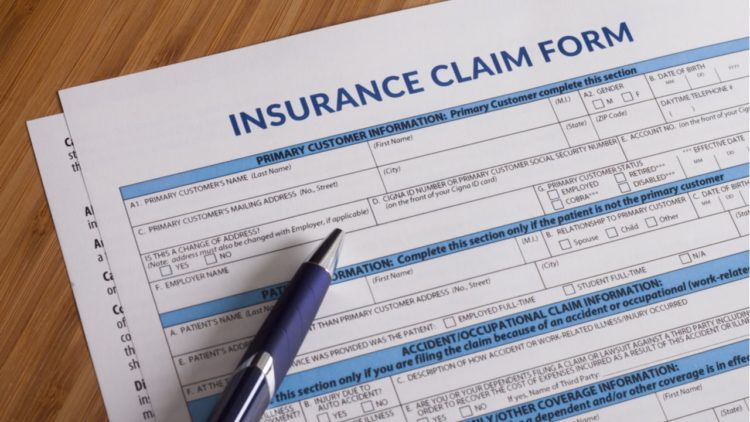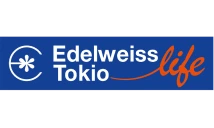
LIC was formed in the year 1956 when the Life Insurance Corporation Act was passed to nationalise life insurance business in India. From 1956 to the year 2000 LIC was the sole life insurance provider in India enjoying monopoly position. Though other private insurance companies entered the insurance segment from 2000, LIC retained its leading market position. Even today, LIC has the largest market share among other life insurance companies and enjoys the trust of more than 250 million customers.
LIC offers a range of life insurance products like term insurance, endowment insurance, money back plans, child plans, unit-linked plans, etc. Even health insurance plans are offered by the company which help you meet the rising medical costs of common ailments. All the plans offered by the company have very good coverage benefits and the premiums are also low. Even in the case of claims, LIC believes in settling its customers’ claims quickly and efficiently. This is the reason why the company has been consistently enjoying a high Claim Settlement Ratio. Do you know what the ratio means?
What is Claim Settlement Ratio?
Claim Settlement Ratio (CSR) is the percentage of claims which an insurance company settles against the total number of claims made on it in one financial year. For instance, if, out of 100 claims in a financial year, the insurance company settles 95 claims, the CSR would be 95%. If the ratio is high it shows that the company settles the maximum of its claims and it is a good indicator.
LIC Claim Settlement Ratio history
As stated earlier, LIC has maintained a good CSR over the years and this is one reason why customers trust LIC. Here are LIC Claim Settlement Ratio over the last few years –
| Financial year | Number of claims | Number of claims settled | LIC Claim Settlement Ratio |
| 2017-18 | 739,082 | 724,596 | 98.04% |
| 2016-17 | 769,386 | 756,399 | 98.31% |
| 2015-16 | 761,983 | 749,249 | 98.33% |
| 2014-15 | 755,901 | 742,243 | 98.19% |
| 2013-14 | 760,344 | 746,212 | 98.14% |
| 2012-13 | 750,576 | 733,545 | 97.73% |
| 2011-12 | 731,136 | 712,501 | 97.42% |
As can be seen from the above table, LIC maintained a ratio of more than 98% in most of the financial years leading the claim settlement race among other insurers. This shows that the company honours its claims without fail.
Analysis of LIC Claim Settlement Ratio of 2017-18
In the last financial year of 2017-18, LIC Claim Settlement Ratio was quite high at 98.04%. Out of the claims received under 739,082 policies, LIC settled claims under 724,596 policies thus having such a high ratio. The company rejected 0.67% of its claims while 0.08% of the claims were still pending when the financial year ended. 1.21% of the claims were unclaimed by the policyholders. Out of the claims settled during 2017-18, here’s the claim turn-around-time followed by LIC –
- Claims settled in less than 3 months – 45.17%
- Claims settled in 3 months to less than 6 months – 44.64%
- Claims settled in 6 months to less than 12 months – 3.51%
- Claims settled in more than 12 months – 6.68%
LIC has been operating since the last 60 years and more and has built up a good claim settlement department which helps the company settle most of its claims. This high claim settlement record also garners trust among policyholders who favour LIC for their insurance needs. So, if you are considering buying a life insurance policy, you can trust LIC and choose a suitable plan for your coverage needs.
Frequently Asked Questions
- Does claim settlement ratio measure the amount paid in claims?
No, the claim settlement ratio is used to measure the number of policies under which the claims have been paid. The ratio has nothing to do with the amount of claim paid by the insurance company. - What is the meaning of pending claims?
The claim settlement ratio is calculated by considering the number of claims settled by the insurance company in one financial year. If, however, a claim has been made on the insurance company and the company is unable to settle it within the completion of the financial year, the claim which has been made would be considered a pending claim. The insurance company would carry forward the claim to the next financial year and settle it in that year. - If an insurance company has a low claim settlement ratio does it mean that the company is bad?
No, a low claim settlement ratio does not necessarily mean that the insurance company is bad. There might be some reasons for a low ratio. For instance, most of the company’s claims could have been made in the last days of the financial year which the company could not settle within that year itself. This would make such claims pending and reduce the claim settlement ratio. - Who publishes the claim settlement ratio?
The Insurance Regulatory and Development Authority of India publishes the claim settlement ratio of all life insurance companies for each financial year.






























